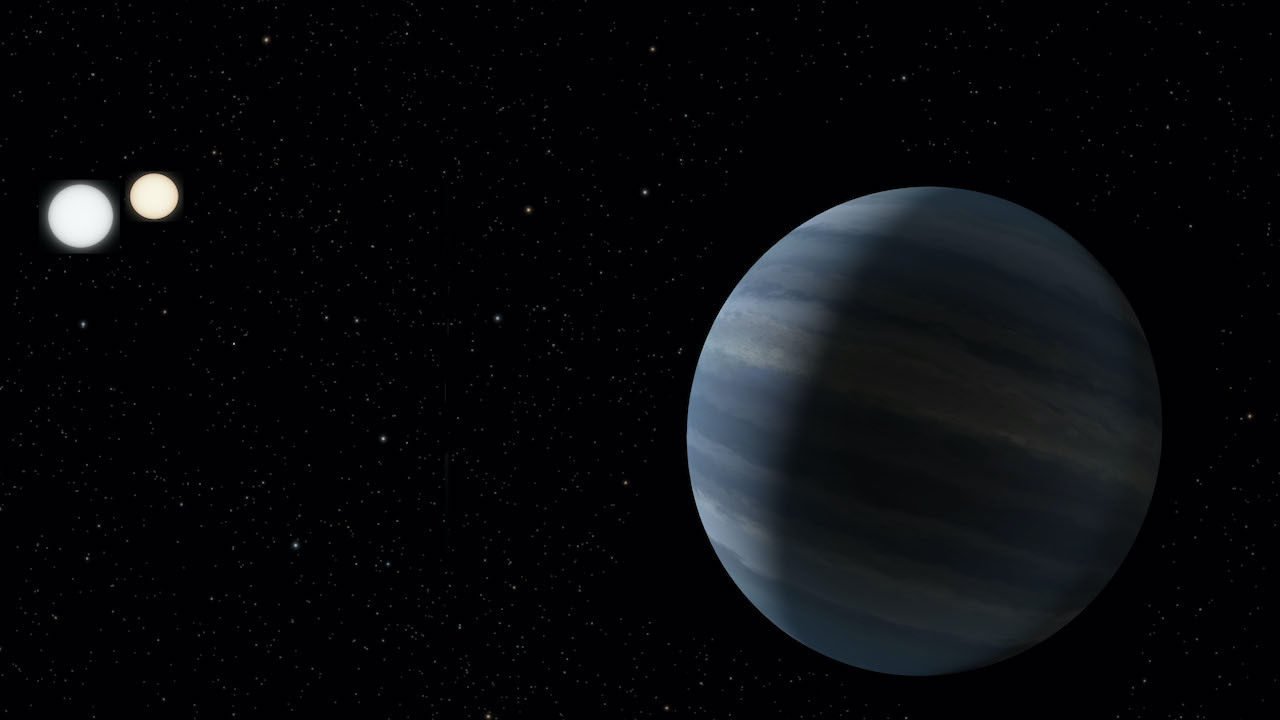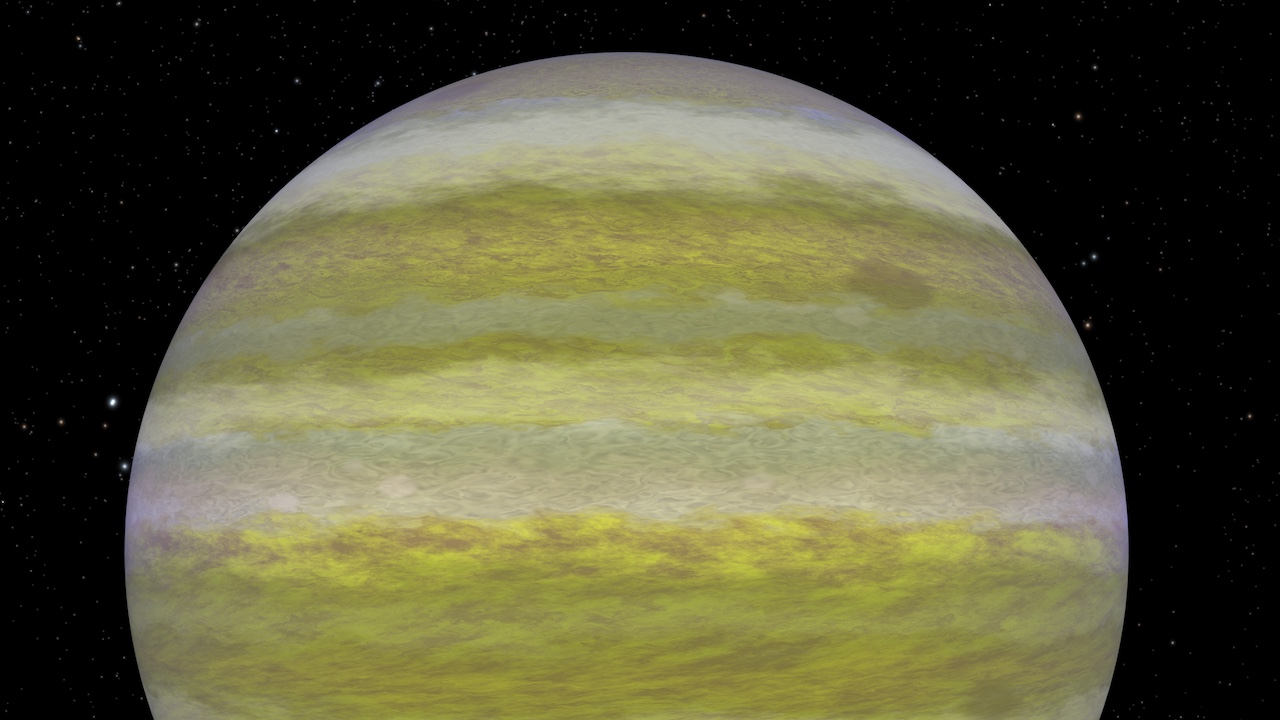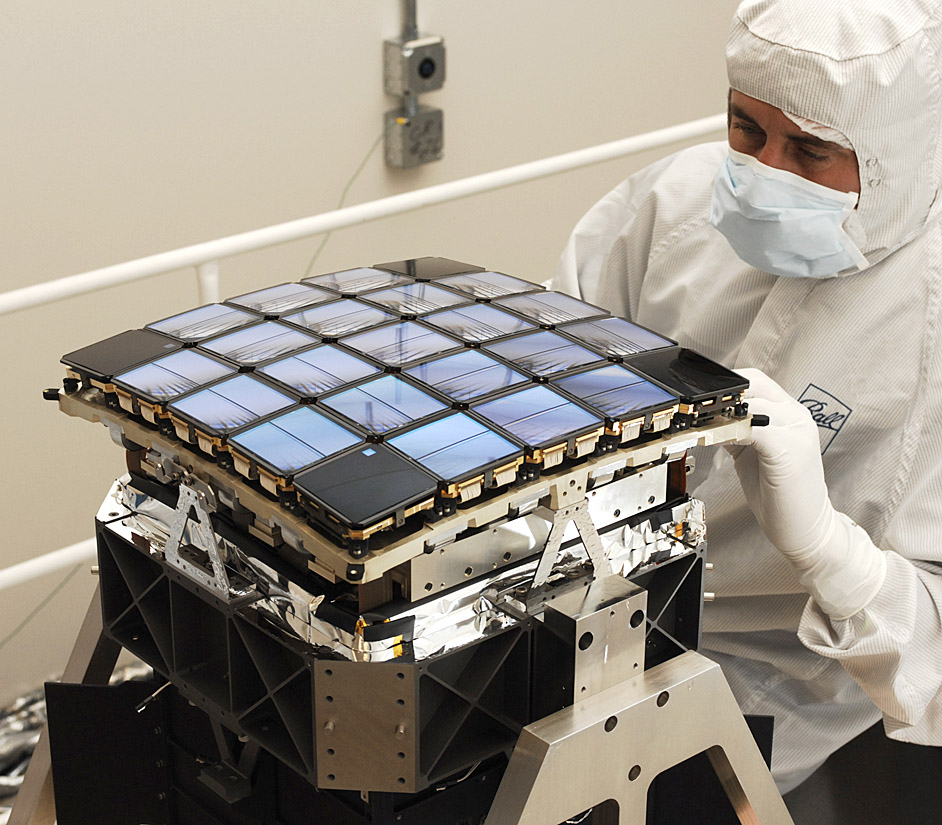4 min read

The planet: TIC 172900988 b
The discovery: A newly discovered planet about as big around as Jupiter belongs to a system that’s a stunner. The planet orbits two stars and, viewed from Earth, crosses the faces of both. That means this system put on quite a show for astronomers: They observed the two stars make a total of three eclipses, while the planet traced its way across one star and then, a few days later, across the other.
Key facts: Planetary transits – when a planet crosses its star’s face – are a major path to the discovery of exoplanets, or planets around other stars. Space telescopes like NASA’s TESS, the Transiting Exoplanet Survey Satellite, scan thousands of stars at a time, hunting for the tiny dip in starlight when an orbiting planet crosses the face of its parent star. TESS has discovered more than 150 confirmed exoplanets since its launch in 2018, including the new giant, and nearly 3,500 exoplanet candidates awaiting further confirmation.
Details: Worlds that orbit two stars are known as “circumbinary” planets because they orbit “binary” stars, or stars in orbit around each other. Finding transiting circumbinaries is quite rare; TESS’s predecessor, the now retired Kepler Space Telescope, yielded discoveries of thousands of exoplanets, but only around a dozen circumbinary planets. The new planet, TIC 172900988 b, is a gas giant the size of our own Jupiter, though far more massive. It orbits two Sun-like stars that, in turn, orbit each other.
But even among circumbinaries, this discovery stands out. Its year, once around the two stars, takes about 200 days. That would normally present a big challenge to astronomers trying to figure out the dynamics of this system; they would have to wait 200 days, for example, to see another transit and confirm the planet’s orbital period. But TESS makes its observations sector by sector; in this case the scientists had only 30 days of observations of the circumbinary planetary system before TESS moved on to another patch of sky.
Thanks to the configuration of these stars and their planet, and the advantages of our angle of view from Earth, astronomers had most of the information they needed. The three eclipses could be observed as part of the 20-day orbit of the stars around each other; and the scientists saw only a five-day gap between the planet’s transit of the first star and the second one.
This was the first time a science team was able to calculate such intricate orbital motions from such a limited amount of data.
And high-resolution imaging in the near-infrared part of the light spectrum revealed what might be a third star in this system. The star would have a very long orbit – about 5,000 years – encircling both stars and the newly discovered planet. This ultra-cool star has a low mass (or heft), less than 10 percent of the other two stars and only 30 times more massive than the giant planet.
Fun facts: The same day the dynamic new system was entered into NASA’s Exoplanet Archive, on Sept. 10, it had some extraordinary company: a strange new world called TOI-1518 b. This planet is an “ultra-hot Jupiter,” strange enough in its own right, because such worlds make scorchingly tight orbits around their stars. A year on this planet takes just 1.9 days. Now add an extremely weird shape to that orbit. The orbit is sharply angled compared to the axis of the star’s spin, and it gets weirder: the planet also orbits in the opposite direction from the star’s rotation. TESS continues, it seems, to capture evidence not only of bizarre planets, but bizarre planetary systems as well.
The discoverers: An international science team led by Veselin B. Kostov, of NASA’s Goddard Space Flight Center, discovered the transiting circumbinary planet, TIC 172900988 b. The ultra-hot Jupiter with the wild orbit, TOI-1518 b, was confirmed using TESS data by another international team, this one led by Samuel H.C. Cabot of Yale University.







